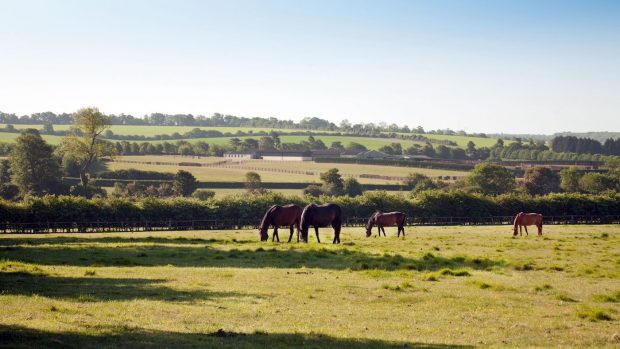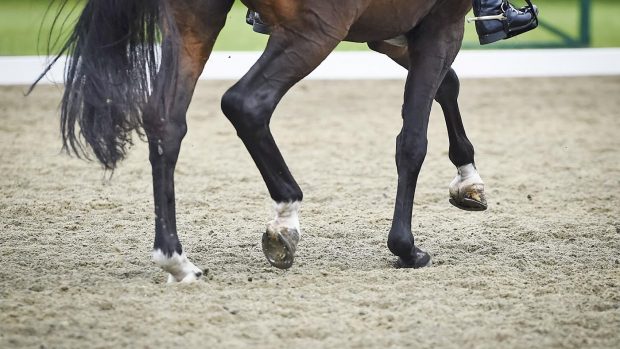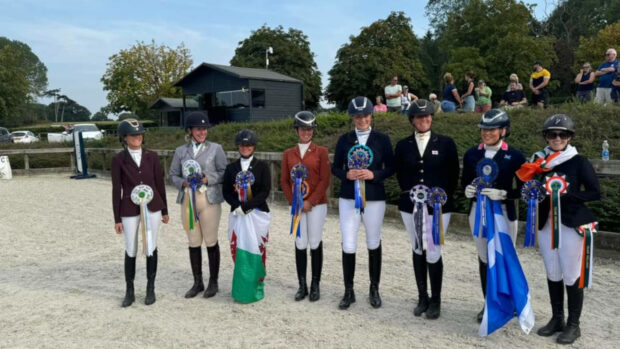Paul Graham presented British Dressage's major restructure of competitors and sections, which will take effect on 1 December 2015, at Patchetts regionals on 2 March. Horse & Hound's dressage editor reflects on the changes
British Dressage’s (BD) Paul Graham presented the proposals for the upcoming major restructure of competitors and sections, which will take effect on 1 December 2015, at Patchetts regionals yesterday (2 March).
Slimming the sections down to just gold, silver and bronze must have taken some doing. Initial feedback to BD’s proposals indicated that they’d “need 15,000 sections, so everyone could win, all the time”.
Currently, top grand prix riders cannot compete in qualifying classes below medium level. That they cannot qualify for anything means you never see these riders in the lower level classes. These tend to be a mixture of true amateurs and stable jockeys riding owners’ horses.
The open and restricted sections went some way towards protecting riders new to the level from having to be in direct competition with far more experienced competitors.
The new three-section system goes even further and provides more opportunities for everyone.
Personally, I have always used training sections to qualify for Area Festivals without clocking up points on my horses’ records. Training sections will not exist under the new structure, but — despite being perfectly within the rules — playing the system like that always felt a bit too much like cheating anyway, so I’m not sad to see them go.
As in British Eventing, each time a horse performs (with the possible exception of HC) how it fared should go on its record. And that should include retirements and eliminations too.
There has been a very long thread on the BD forum with more than 500 responses, many of which are not particularly complimentary towards the new system. However, Paul points out that only a tiny proportion of those posting on the forum are fully paid-up competing members. So just because they shout the loudest, that group of vocal forumites cannot be seen as a litmus test for the majority of the members.
The major gripe so far seems to be the large size of the silver — middle — section.
The bronze will give you sheets for Area Festivals and will be for combinations new to that level, while gold will be horses with more than 150 points at the level — or for very experienced riders. Silver is for everyone in between. So yes, on the face of it, silver will be a much larger section but, via silver, competitors can choose what is effectively the open section of the Area Festival, or restricted regionals. So Area Festivals will have bronze and silver sections, while regionals will have silver and gold.
You’ll also be allowed to compete at both the Area Festival final and the winter championships at the same level, should you qualify. It’s all in the spirit of rewarding hard work, rather than stripping opportunities from those having a purple patch.
Although it’s always impossible to predict the law of unintended consequences of major structural change like this, it looks to me like there will be more opportunities for more competitors.
Though, as it stands, there will be no reason for any bronze competitors to go to shows in the last couple of months of the year, as those sheets won’t count towards anything. That needs a re-think.
Music classes remain unchanged for now, but there’s talk of a separate music championship and also another major Area Festival final, possibly in the summer, combined with other championships, like RoR and veterans, in the near future.
The exact treatment of what are currently called downgraded horses and of imported horses has not been nailed down yet, so if you have strong views on this, I’d recommend getting in touch with BD about it.
Anybody who fails to engage in the process and provide feedback at this stage forfeits his or her right to gripe about the system afterwards. So if you spot an issue, don’t keep quiet, speak up!
It’ll be fascinating to see whether, in the new paradigm, the Carls and Charlottes choose to come out at novice, and — if they do — will that spell the end for stable jockeys?
Either way, the new structure should encourage more people to come down more centre lines on more horses, which has ultimately got to be positive for our sport. So let’s fire up that competitive spirit and up our collective game.
Check out the full proposal document here.




